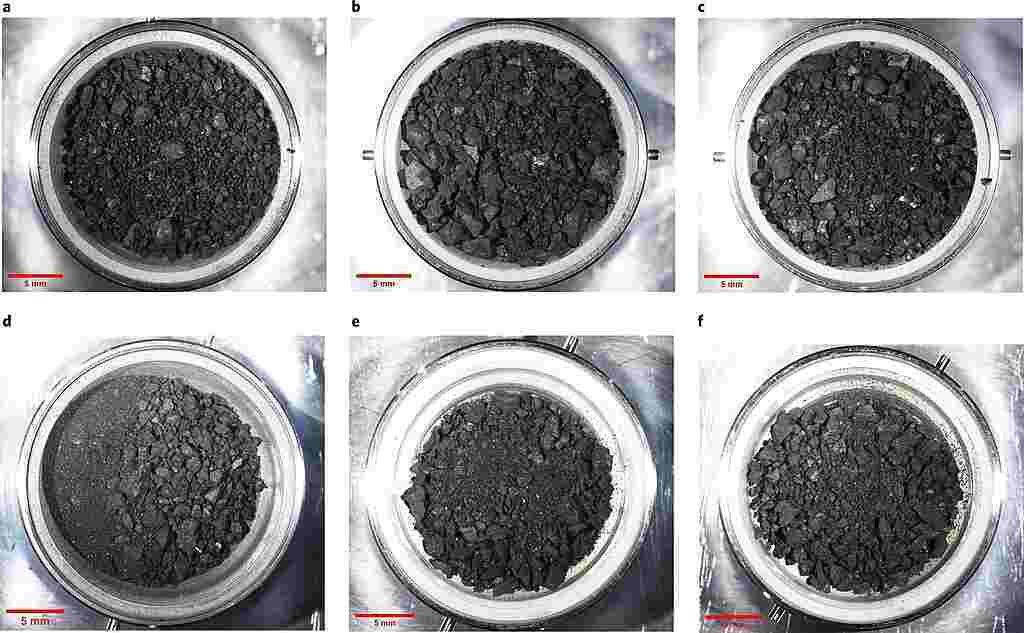Electrodynamics
Electrodynamics or classical electromagnetism is the theory of electromagnetism that was developed throughout the nineteenth century, prominently by James Clerk Maxwell. This theory gives a good description of electromagnetic phenomena as long as the lengths and strength of the fields are large enough to not have to take into account the effects of quantum mechanics (see quantum electrodynamics).
Mathematically, it is based on applying the Lorentz transformation to the Coulomb force on a point electric charge to find the force between moving charges.
The dynamic effects of electric charges and currents were studied by Pierre Simon Laplace, Michael Faraday, Heinrich Lenz and many others as early as the early nineteenth century, however a coherent and logically complete study of electromagnetic phenomena can only be carried out starting from the theory of relativity.
The limits of classical electrodynamics
Like any physical theory, classical electrodynamics has its limits of application: it is not valid at very small distances and at very high fields, because of quantum physics. It might also no longer be applicable at very long distances.
Lorentz force
The electromagnetic field gives rise to a Lorentz force that acts on electrically charged particles:
F= qE + qv x B
where bold means vector representation: F is the force on the charge q, E is the electric field, v is the velocity of the charge and B is the magnetic field.
According to the equation, the Lorentz force has two contributions. One, the magnetic, is the cross product of the velocity and the magnetic field. This causes the resultant force to be perpendicular to both the velocity and the magnetic field. The other contribution, the electric one, is parallel to the electric field.
Problem example
What is the magnitude of the force experienced when the unit charge is kept under the influence of 5 N/C electric fields?
Answer:
The for on the charge is given by,
F = qE
⇒ F = (1)(5)
⇒ F = 5 N/s.
The electric field E
The electric field E is defined similarly to the case of a stationary charge:
F= q0E
where q0 is what is known as the test load. The size of the charge does not really matter, as long as it is small enough not to influence the electric field due to its presence. What this definition makes clear is that the unit of E is N/C, newtons per coulomb. This unit is equivalent to V/m, volts per meter.
Problem example
A test charge of 25.105 C is placed in an electric field. If the force acting on the test charge is 0.5 N, what is the magnitude of the electric field on the test charge?
Answer:
F= 0,5 N
q = +25. 105 C
What is the: E ….?
E = F/q
E = 0,5/25. 105 C
E = 5. 104 / 25 = 2000 N/C.
Electromagnetic waves
A changing electromagnetic field propagates from its origin in the form of a wave. These waves travel in a vacuum at the speed of light and exist in a wide spectrum of wavelengths.
Examples of dynamic fields of electromagnetic radiation (in increasing order of frequency) are: radio waves, microwave, light (infrared, visible and ultraviolet), X- rays and gamma radiation. In the field of particle physics this electromagnetic radiationis the manifestation of the electromagnetic interaction between charged particles.
Sources: PinterPandai, Coursera, ScienceDirect
Main photo powered by Midjourney
Lorentz Force | Explanation, Formulas, Questions and Answers



